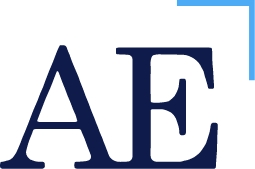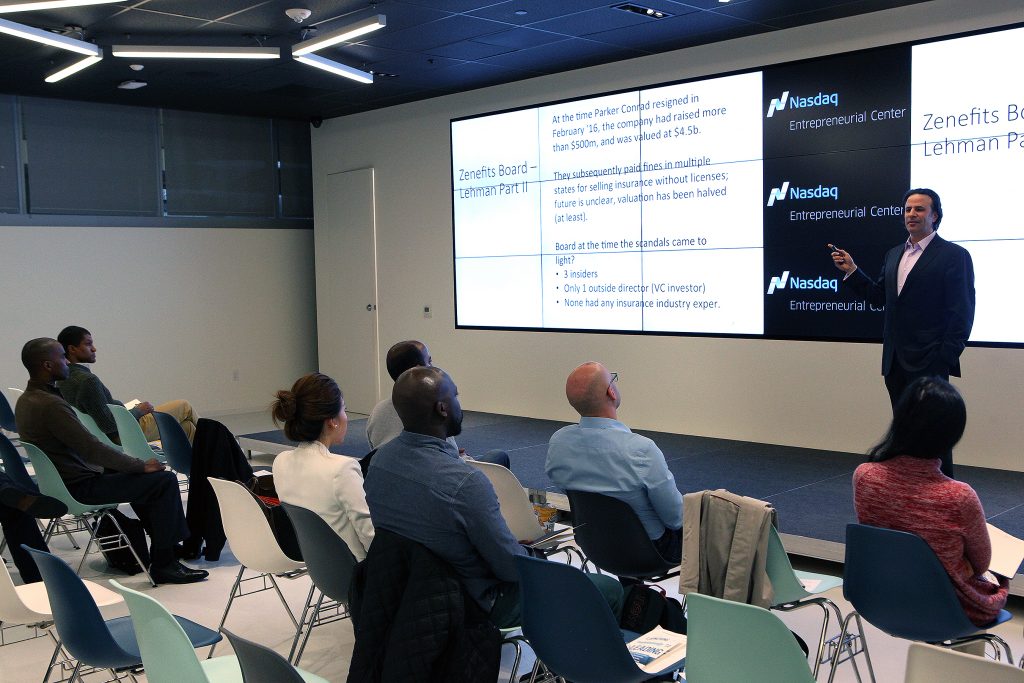According to Activist Insights, 65 percent of shareholder activist campaigns in 2017 were waged against small-cap companies, and a majority of those situations arose due to perceived oversight inadequacies. But it’s not all doom and gloom in small-cap boardrooms – quite the contrary.
Scores of small public companies continue to prosper against all odds by doing more with considerably less. Here are five great examples of what enterprising small-cap boards did in 2017 to drive more value for shareholders.
Great BoDs invest in CEO success. Last year, I wrote a piece about why the speaking skill of small-cap CEOs is critical and how they “should speak as if their company and stock price depend on it… because they do.” Despite how impactful a CEO’s speaking acumen – or lack thereof – can be on small-cap investors, I’m not sure what’s more amazing: (1) How poorly many small-cap CEOs speak; or (2) How few boards regularly listen to their CEOs present to investors. Enter a refreshing, notable exception. I came across a small-cap BoD in 2017, which collectively realized their CEO was a subpar speaker, and subsequently hired a comparatively inexpensive public speaking coach for him. To say that the “before and after” was astounding – would be an understatement. When BoDs invest – even modestly – in their CEOs, great things can happen.
When in doubt, listen to your customers. Legendary entrepreneur Richard Branson once famously said that: “A business is simply an idea to make other people’s lives better.” It follows, that businesses lose their way and jeopardize their futures when customer focus wanes (think: Kodak). One great small-cap board I met last year knows all about this.

Twice a year, their company invites a key customer to attend a dinner immediately prior to a quarterly board meeting – at the company’s expense. The CEO, CFO, outside counsel, and all of the board members attend the dinner. For a dollar amount that’s likely less than what the company spends monthly on break room coffee, key officers, an important service provider, and the entire board of directors get an invaluable rendering of their industry and their company’s place therein. Priceless.
Managing risk… at a trade show. Managing enterprise risk is something that keeps every high-performing small-cap board member up at night. Many bemoan the fact that their companies lack the resources to hire expert risk consultants larger companies can afford, and they also express concern that their boards rely too much on the CEO for relevant information. Enter a technology company I met in 2017, which solved both of those problems with aplomb. This company requires its board members to attend its annual industry trade show, where each director is assigned a competitor. At a special BoD dinner thereafter, each director reports what he or she learned about the competitor/industry to the full board. Attendance at the trade show is not only cheaper and more effective than passively learning about industry risks from a consultant, but it also underscores the importance of independent fact-finding by BoDs versus undue reliance upon management.
Cultural insight might be just a meal away. As is evident from recent corporate culture disasters in companies like Wells Fargo and Uber, even boards with ostensibly limitless resources can do poor jobs overseeing the same. In 2017, I came across a terrific small-cap company that not only understands the value of ethical corporate cultures, but they also figured out a clever way to effectively keep tabs on it. At every other quarterly board meeting, the board – without management’s input – selects a mid-level employee from sales, marketing, finance, human resources, information technology, or engineering, etc., to join a lunch attended only by independent board members. At those lunches, employees chat informally about what’s going on in their respective departments, whether they ever see or hear anything which ethically concerns them, if they ever feel apprehensive about giving disappointing news to their superiors, and what recommendations they have with respect to improving workplace culture. Cost? An $8 sandwich.
Perry Mason out, Walter Cronkite in. As I wrote in this piece for Nasdaq last year, annual proxy statements provide companies the opportunity to address top-of-mind concerns for investors regarding issues like board composition and compensation. Unfortunately, far too many small-cap companies substantially outsource the drafting and refinement of proxies to outside lawyers – hence the reason why most proxies are rote boilerplate instead of artful storytelling. Rather than rely principally on lawyers, one company I interacted with in 2017 retained the services of a former journalist to assist with their proxy. Not only was the former journalist considerably cheaper than the company’s attorneys, but the journalist was also able to capture the company’s “zeitgeist” in a way that made its compensation methodology far more understandable to investors. Another added benefit of jettisoning attorneys for most of the process was that the engagement level of individual board members rose dramatically; the journalist made the process more interesting, relevant, and inclusive – not to mention the benefits of plain English.
Do you have any examples of great small-cap boardroom practices that should be featured in my 2018 list?
A version of this post was previously published on LinkedIn Pulse.
________________



